Content from the Brookings Institution India Center is now archived. After seven years of an impactful partnership, as of September 11, 2020, Brookings India is now the Centre for Social and Economic Progress, an independent public policy institution based in India.
The global economy can be viewed as a rather complex balancing act between forces of integration and those of autarchy. In many domains – trade, development and macroeconomic stability are the obvious examples – the emergence of multilateral institutions as critical players in the process of integration reflects the strength of this set of forces. On the other hand, there has been significant resistance to a unified approach to dealing with these issues from both individual countries and smaller groups. Each of the premier institutions in the domains mentioned – the World Trade Organisation, the World Bank and the International Monetary Fund – has had to constantly review and reorient its operations and perhaps even philosophies as it tries and remain relevant and useful amidst the battle between integration and autarchy.
The World Trade Organisation’s (WTO’s) ministerial meeting in Indonesia next month comes 10 years after the Doha meeting, which initiated an extremely ambitious agenda for integration. Over the past decade, realism steadily replaced aspiration as agreements on several issues proved very hard to reach. Most observers now believe that the Doha agenda is as good as dead. The priority of the multilateral framework now appears to be to preserve the gains achieved in the pre-Doha period, mitigating the risks of backsliding towards more and more protectionist actions by countries, of which there are visible signs.
It is significant, though, that while a comprehensive global framework has been elusive, most countries have fully bought into the benefits from at least partial integration. A fundamental premise of the WTO is that a multilateral arrangement maximises economic efficiency and welfare. But obviously pragmatism has a place and the WTO also accommodates smaller regional agreements by registering them. It currently has 367 regional trade agreements on its roster, besides 14 that existed before the organisation was set up. Virtually all countries are members of one or, often, several regional trade agreements. Evidently, even while accepting the benefits of multilateralism in theory, countries seem to find it easier to move towards economic integration in smaller steps, most often with their neighbours.
One could take this as an indication that the multilateral framework has reached its limits. But the fact that the WTO recognises such agreements and provides all countries details about each agreement suggests that a useful transparency function is being performed. And, it need not stop there. Analysis of transaction patterns within and across agreements should provide important insights into what differentiates “successful” arrangements from “unsuccessful” ones. These insights are the basis of guidelines and advice on developing new agreements and restructuring existing ones. It is clearly a virtual impossibility that so many regional agreements can actually come anywhere close to replicating the “optimal” outcome of a multilateral framework. But a set of robust dos and don’ts emerging from experience and analysis could help minimise the efficiency and welfare losses from the aggregation of regional agreements.
Turning to the development realm, the basic premise of the World Bank group was that a specialised institution was needed to channel resources, mostly from affluent countries, to make the “right” kinds of investments in less developed ones. Whatever the merits of this premise may have been in the initial years, over time, both the emergence of private capital flows and a lack of consensus on what exactly was “right” clearly weakened it. Besides access to private capital, many countries that were the original clients of the World Bank increased domestic savings, giving them more options and, of course, more autonomy in deciding what kinds of investments they would make. So, here again, one might imagine that the original construct had lost relevance and utility.
Well, the original construct may have indeed have, but there is clearly enormous value in the accumulated experience that the institution has with respect to both projects and the larger socio-economic environmental context in which they have been executed. Which ones delivered on their developmental goals, which ones didn’t and what factors account for the difference in outcomes are potentially important knowledge inputs for countries, as they prioritise development projects, convert them into business models and seek to minimise their cost of funding. Leveraging this accumulated knowledge and systematising it into a practical set of guidelines is how an institution like this could now deliver value in a global context very different from when it was set up.
Like the previous two domains, managing global macroeconomic stability has also seen paradigm shifts. The dominant International Monetary Fund (IMF) view of the world was shaken by the obvious inappropriateness of its recommendations in response to the East Asian crisis in 1997-98. This led to the affected countries and their similarly endowed neighbours emphasising the value of self-insurance, in the form of rapid accumulation of foreign exchange reserves. This assured them some independence from the multilateral framework in the event of another crisis. But beyond that, the regional pool of reserves grew to a point at which aspirations to leverage them emerged. This resulted in the setting up of the Chiang Mai initiative, a regional reserve pooling arrangement, which essentially allowed member countries to rely on the reserves of the entire membership in the event of a crisis. This ensured even further policy autonomy in managing an external shock.
However, in a possible display of self-contradiction, access to the reserve pool beyond a certain immediate emergency threshold was made contingent on the policy response being endorsed by the very institution from which autonomy was being sought! And while the number of such arrangements is very few, this feature seems virtually universal. The underlying reason for this is obvious, which is why it is not really a self-contradiction. Deep knowledge of other countries’ experience in dealing with similar situations makes the inputs of the IMF invaluable. Policy choices made out of a bounded set of options that are more likely to work increase the chances of success and, consequently, enhance the value and durability of the arrangement itself.
The common theme running through these three stories is that the concept of multilateralism is both relevant and robust. But the institutional manifestations of multilateralism need to be nimble and flexible in order to accommodate an obviously changing context. The real value of multilateral institutions now lies not in what they think is right but in what they know is wrong. To exploit this, they need to renew their missions and realign their structures and resources.
This article was originally found here on www.business-standard.com. The views are of the author(s).
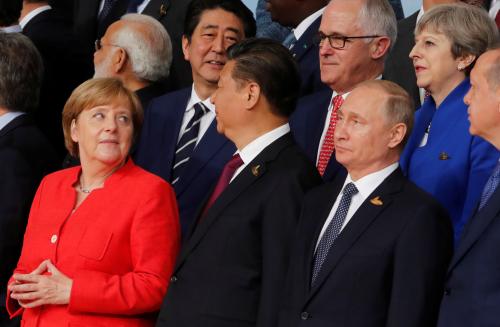
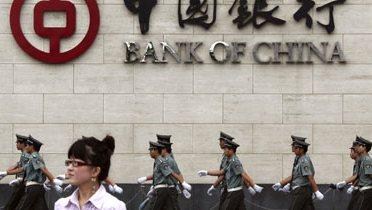
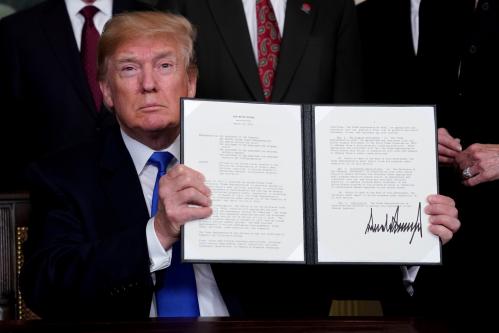
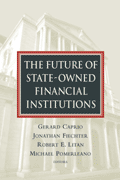
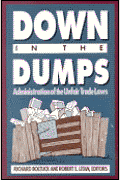
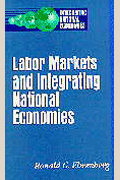



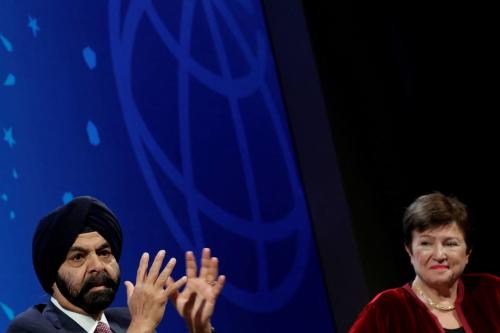
Commentary
Op-edAn evolving multilateralism
November 3, 2013